1994 Ferrari 512 M
- Story Cars

- Nov 10, 2021
- 4 min read

Ferrari F512 M (1994-1996) 501 produced
In the autumn of 1994, the F512 M, the new version of the 512, was presented (M stands for 'modification or modified). Radical improvements were made to the whole car: the power/weight ratio was improved, as was the styling, while still keeping the original Pininfarina basic design. Aerodynamic efficiency was boosted with the installation of new faired-in headlights.
The cabin was even more elegant, with improved ergonomics, and the engine was subjected to several major modifications to increase its overall performance.

The F512 M was the replacement for the 512 TR and was presented at the Paris Salon in the autumn of 1994. The new model was born when it was decided to use an "F" (for Ferrari) prefix to the model number, which as with the 512 TR, referred to the 5-liter engine capacity and several cylinders. The "M" suffix stood for "Modificata" (modified), a symbol used by Ferrari on the 512 S sports racing cars of the early seventies when they were upgraded to become the 512 M models a further analogy with the company's history. The F512M was the most radical overhaul that the Testarossa series received during its production period and also the one with the shortest lifespan and lowest numbers produced. Its production period only ran into early 1996, with 501 examples produced in the chassis number range 99376 to 105516, before it gave way to its front-engine successor, the 550 Maranello. Thus it was not only the most highly developed of the series but also the rarest. It was also the last in the mid-engine flat 12 cylinder engine production car range that had started two and a half decades earlier with the presentation by Pininfarina of the 365 GT4/BB concept at the 1971 Turin Salon.

Once again, as with the 512 TR in relation to the Testarossa, the main external visual differences were the nose and tail treatment, together with a change of road wheel design. Internally there were some small visual changes, like the steering wheel design, alloy knob to the gear lever, adjustable aluminum foot pedals, a more refined air conditioning system, trim details, and optional sports seats. Mechanically there were further changes to the engine, which boosted power and provided increased performance. At the same time, the suspension gained gas-filled shock absorbers, and the braking system was upgraded to incorporate a Bosch ABS anti-skid system.

As with the previous models in the series, the bodies were mounted on a 2550mm wheelbase chassis that carried factory-type reference F 110 HB and was virtually identical to the earlier models. All chassis numbers were in the continuous number sequence, with various world market models produced in either left or right-hand drive form. The new nose treatment bore a strong family resemblance to the 355 models introduced earlier and the 456 GT 2+2 model. The shape of the dummy grille bearing a chrome-plated "Cavallino Rampante" reflected those of its cousins, with similarly shaped side/turn indicator lights on either side, below which were small circular high intensity driving lights and brake cooling inlets. Perhaps the most radical change to the frontal aspect was the deletion of the twin retractable headlight units in the leading edge of the front lid and the provision of fixed homofocal units under glass covers to replace them. The front lid also had a pair of small NACA ducts close to the trailing edge to feed air to the revised air conditioning system. At the rear, the full-width satin black louver grille over the light units was of reduced dimensions, and a new surface-mounted twin circular light units were mounted on either side of it. Another retro touch was a throwback to the company's styling history. The 512 TR engine lid had featured the raised section, and the louvers painted satin black, but on the F512M, the complete lid was body color, and the Testarossa badge disappeared from the raised section. An F512M badge graced the rear lip of the engine cover, with a Ferrari script badge on its upper rear face.
The new alloy road wheels were quite an aerodynamically vaned interpretation of the traditional Ferrari five-spoke "star" design, featuring split rims. The front ones were 8J x 18" diameter. The rear ones were 10.5J x 18" diameter, covering ventilated and cross-drilled brake discs actuated by four-piston calipers, with separate front and rear hydraulic circuits, ABS, and servo assistance. As fitted to the 512 TR, the curved spoke design was available as an option for those who found the new design to be radical.

The four valves per cylinder, flat twelve, dry-sump engine further upgraded the version used in the 512 TR, maintaining the same cubic capacity of 4943cc, with an 82mm x 78mm bore and stroke. Factory type reference number 113 G. The Bosch Motronic 2.7 combined fuel injection/ignition engine management system remained. However, changes were effected to the crankshaft, which was lightened, and titanium alloy connecting rods were employed coupled to new pistons that increased the compression ratio from 10:1 to 10.4:1.
Together with a new stainless steel low back pressure exhaust system, these changes increased the power output from the claimed 428bhp of the 512 TR to 440bhp @ rpm for the F512M. The increased power once again provided improved acceleration over its predecessor, a premium being placed on this aspect of performance and the safer braking capabilities of the ABS, as the top speed remained virtually unchanged.
Engine
Type........................rear, longitudinal flat-12
Bore/stroke................82 x 78 mm
Unitary displacement...411.92 cc
Total displacement.....4943.04 cc
Compression ratio.......10.4 : 1
Maximum power..........324 kW (440 hp) at 6750 rpm
Power per litre...........89 hp/l
Maximum torque.........500 Nm (51 kgm) at 5500 rpm
Valve actuation..........twin overhead camshafts per bank, four valves per cylinder
Fuel feed..................Bosch Motronic M2.7 electronic injection
Ignition.....................Bosch Motronic M2.7 static electronic, single spark plug per cylinder
Lubrication................dry sump
Clutch......................single-plate
Chassis
Frame......................tubular steel
Front suspension........independent, unequal-length wishbones, coil springs over gas-filled telescopic shock absorbers, anti-roll bar
Rear suspension.........independent, unequal-length wishbones, coil springs over gas-filled telescopic shock absorbers, anti-roll bar
Brakes......................discs
Transmission..............5-speed + reverse
Steering....................rack-and-pinion
Fuel tank...................capacity 110 liters
Front tires................235/40 ZR 18
Rear tires.................295/35 ZR 18
Bodywork
Type........................two-seater Berlinetta
Length.....................4480 mm
Width.......................1976 mm
Height......................1135 mm
Wheelbase................2550 mm
Front track...............1532 mm
Rear track................1644 mm
Weight.....................1455 kg (dry)
Performance
Top speed.................315 km/h
Acceleration
0-100 km/h...............4.7 sec
0-400 m...................12.7 sec
0-1000 m..................22.7 sec
Images: Ferrari S.p.A.









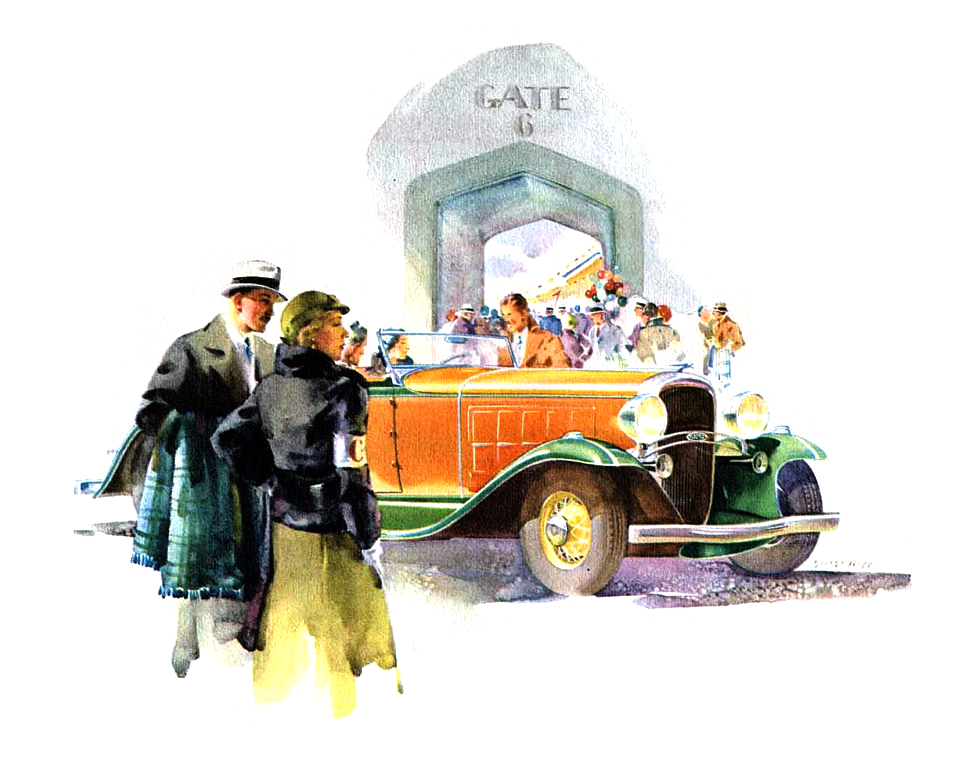
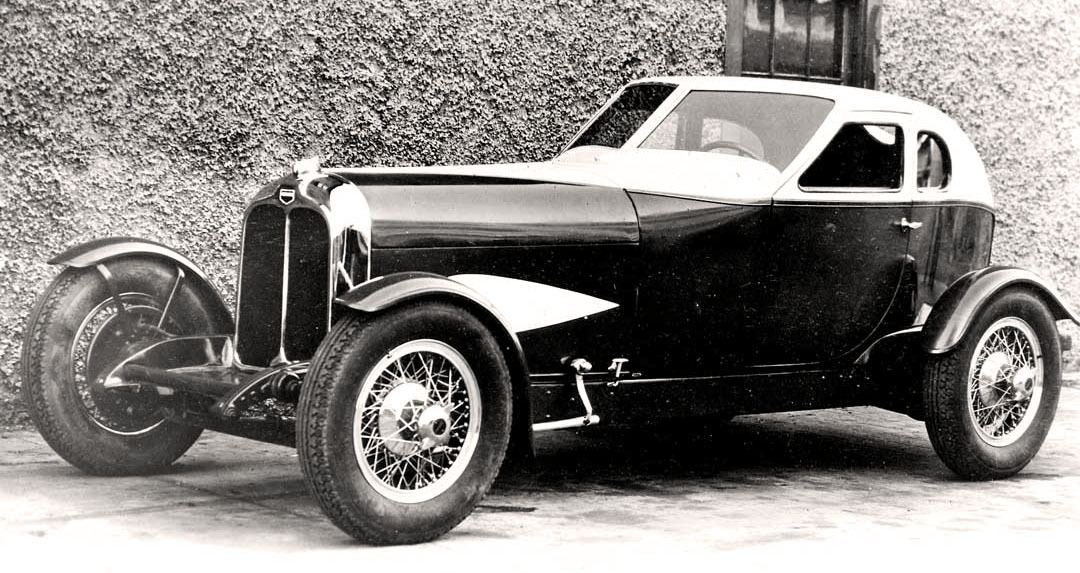
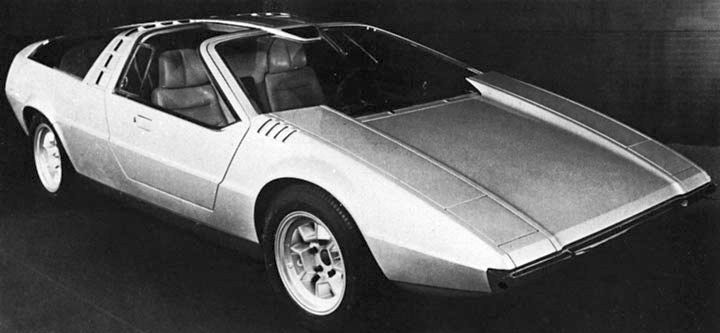






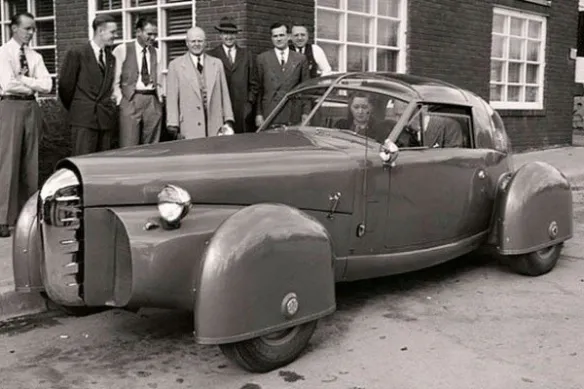



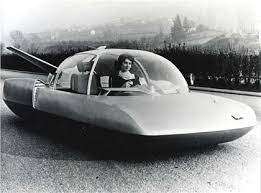

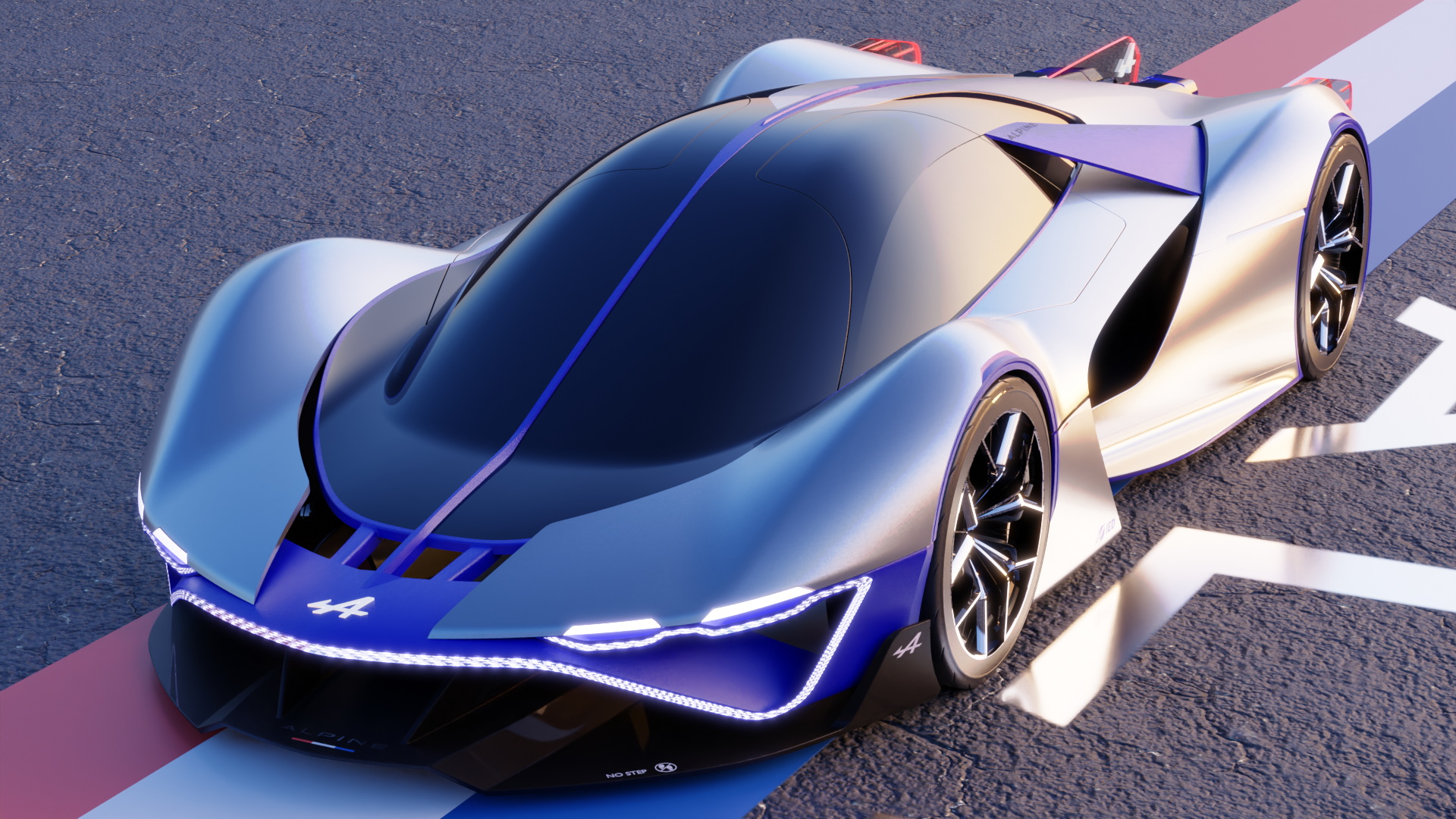
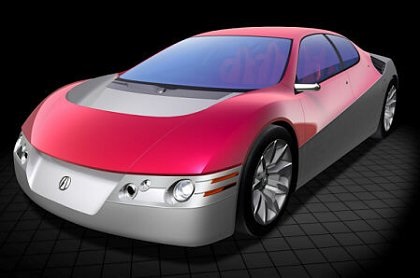

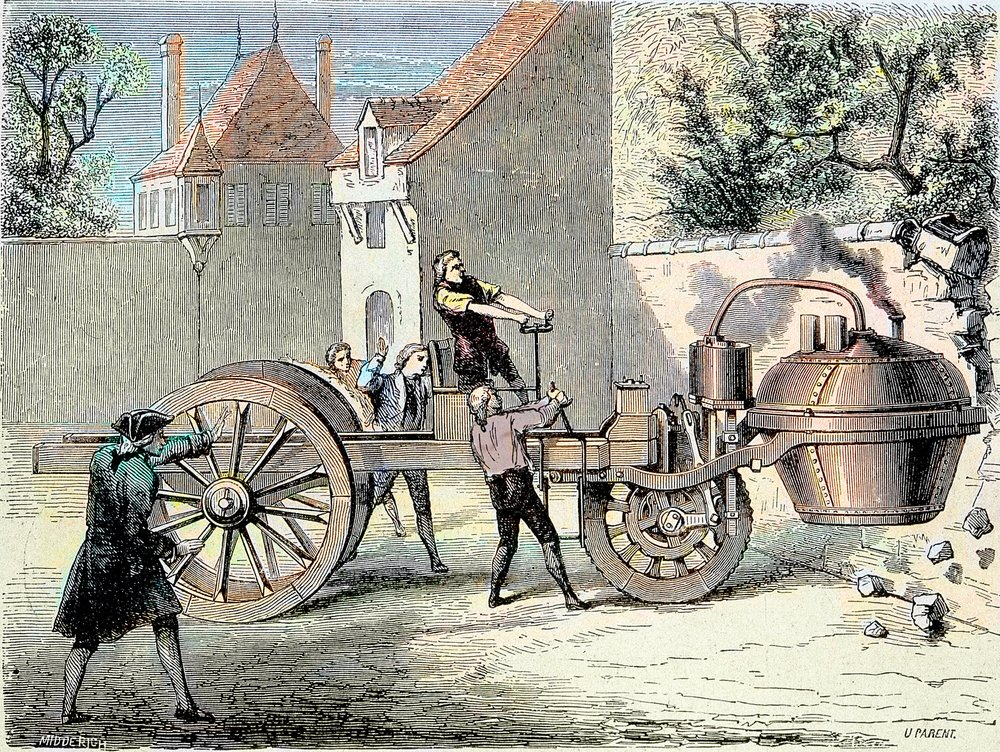
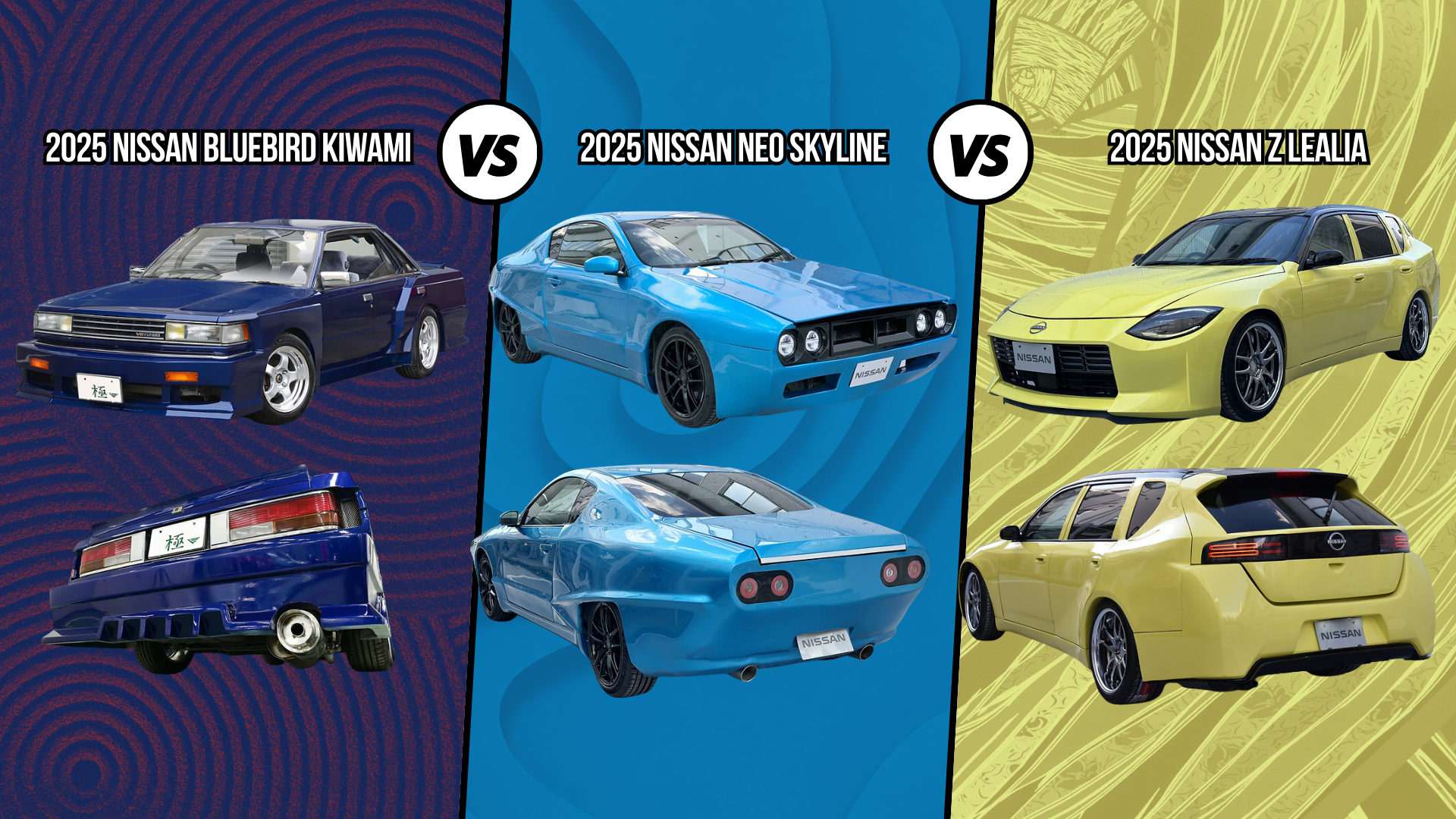
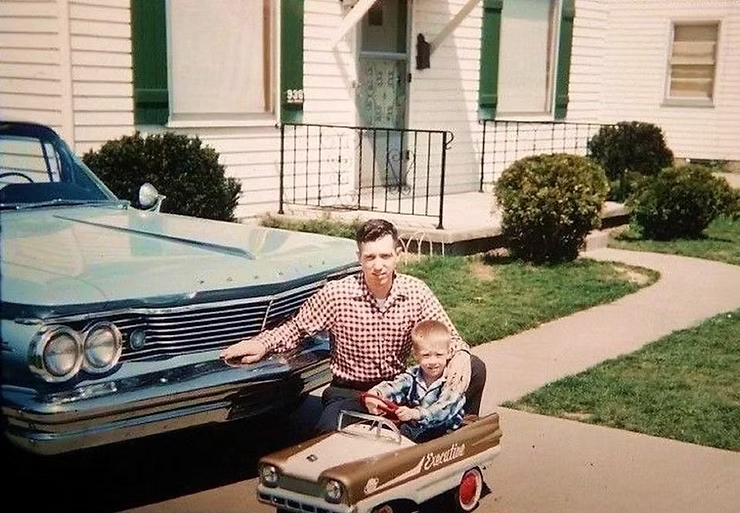
Comments